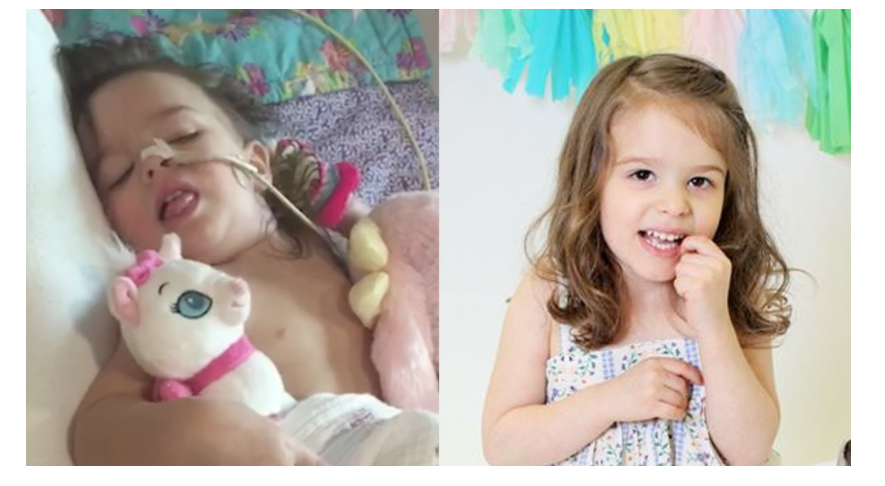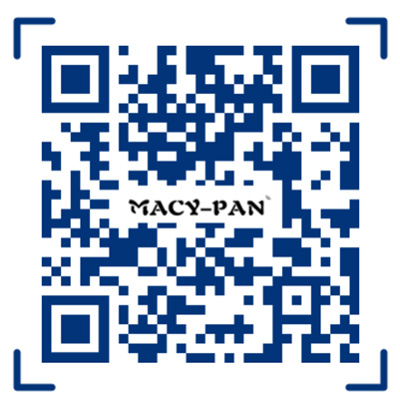Drowning and Anoxic Brain Injury
Drowning is a form of anoxic or global ischemic (loss of blood supply) brain injury. It is the most devastating of brain injuries and is commonly seen after drowning, cardiac arrest, or birth injury. It results in injury to all areas of the brain, the combination and severity of which is determined by the length of time the patient is without oxygen, the amount of time to restoration of normal circulation, the adequacy of CPR, and age of the patient, pre-existing neurological and systemic disease, and selectively vulnerable areas of the brain.
What are the effects?
Anoxic brain injury causes a wide range of symptoms that usually include altered level of consciousness, decreased cognition, impaired motor coordination, gait and balance, difficulty swallowing, eating, sensory problems, and impaired bowel and bladder function. Frequently, patients also have seizures. Most patients are severely impaired, often in minimally conscious states, and are totally dependent.
Benefits from HBOT
Eden Carlson is the famous little girl that Dr. Harch treated after her nonfatal drowning in 2016. After 3 weeks of supplemental oxygen at home and 8 weeks of hyperbaric therapy, Eden was walking and talking and demonstrated global regrowth of brain tissue on MRI. Her full case report is published below, and news stories that cover her progress are featured throughout this website.
While Eden Carlson may be one of Dr. Harch’s more famous patients, Dr. Harch had treated many nonfatal drownings before Eden (about 42), and has had amazing success with many more nonfatal drowning patients that have come to our clinic after Eden Carlson’s case became famous. Because Eden’s case was so widely reported, parents and family members now hear about HBOT closer to the time of the drowning, which means children get HBOT faster, and see remarkable improvements.
Since Eden Carlson’s case study became famous in 2016, Dr. Harch has treated between 30-40 more nonfatal drowned children. These patients have far exceeded the predictions and expectations of their treating doctors and neurologists. Several of these patients are now standing with support. Some have developed speech, and many of them begin to smile again for the first time, and even laugh. Parents tell us that “their personalities come back.” These patients have improvement sin mood, cognition, motor skills, and are more interactive with their parents. Some of our patients have reacquired the ability to swallow and eat regular food. Eden’s case and many of the other 30+ drowned children and birth-injured children treated sub-acutely with HBOT are featured on social media website groups, including the Harch Hbot Facebook group (https://www.facebook.com/Harchhbot).
Prior to treating Eden in April of 2016, Dr. Harch had treated 42 drowned children. The best result was a 11 year old boy who was placed in a hyperbaric chamber 90 minutes after resuscitation from a 15 minute submersion in a pool. The following day, all sedatives were removed, he was taken off of the ventilator, woke up, and was discharged from the hospital three days later. He returned to school when school opened in mid-August of 1997. His case was reported at the International Congress on Cerebral Ischemia, Vascular Dementia, Epilepsy, and CNS Injury in Washington, D.C., 5/1998.
The other 41 children were treated at least one year after drowning. These patients showed a reduction in spasticity, increase in alertness and awareness, and some improvement in motor function and seizures.
Treatment results with HBOT are maximal when delivered close to the time of the anoxic insult. This is similar to the treatment of all medical conditions, but moreso for anoxic brain injury since it often results in atrophy (loss) of large amounts of both gray (the parts of the brain containing brain cells) and white matter (the connecting tracts of the brain).
For over twenty years Dr. Harch has been summarizing the world’s literature on this subject in the Textbook of Hyperbaric Medicine (see below). When delivered within 3 hours of the anoxic insult HBOT can prevent or ameliorate as much as 90% or more of the injury.
Case Study
See Eden’s full story here:

Case Study #2
Dianna was a 28 year old woman who underwent an elective surgery at an outpatient cosmetic surgery center. Her surgery went fine until the very end when “something went wrong.” The previously very healthy young woman who ran marathons suffered a cardiac arrest. She was resuscitated taken to the hospital by the 911 process, spent 6 weeks in the hospital, had a tracheostomy, G-tube and then underwent 8 weeks of inpatient hospital rehabilitation. Two and one-half years after the incident and after extensive therapy the patient was unable to care for her children, had cognitive and speech deficits, problems using her hands, problems with balance/walking, and performing activities of daily living. At the conclusion of two months of dose-adjusted HBOT the patient experienced “tremendous improvements” in the words of her family and caregivers. She was better able to take care of her children. Her fine motor function with use of fingers and hands had improved to the extent that she was able to clothe herself, put her hair in a ponytail, and perform activities of daily living. She was able to jog on a treadmill for the first time unattended and for as long as 20 minutes, her memory improved, motivation increased, her smile normalized, she was able to communicate much better, and her energy and sleep improved. The patient returned to her neurologist who was surprised at the noticeable change in her patient. She was re-evaluated for eligibility for additional rehabilitation therapies.
Supportive Research and Information
https://www-ncbi-nlm-nih-gov.ezproxy.lsuhsc.edu/pmc/articles/PMC5510296/
Put my global ischemia chapter from Jain here.



 +86 13621894001
+86 13621894001
 rank@macy-pan.com
rank@macy-pan.com
 +86-+8613621894001
+86-+8613621894001


 Tel:
Tel: Mob:
Mob: WhatsApp:
WhatsApp: Email:
Email: Add:Bldg 15, No.889 Guinan Road, Songjiang District, Shanghai, China
Add:Bldg 15, No.889 Guinan Road, Songjiang District, Shanghai, China